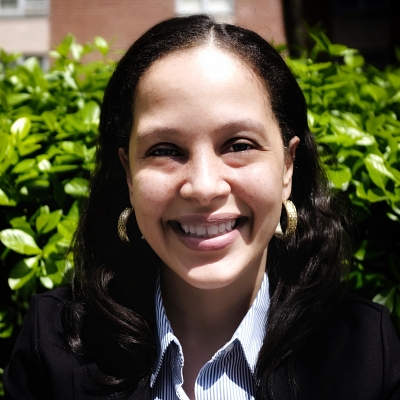“Bones, Blood, and Basketry: The Curation of Life by Museums and Biobanks”
Jennifer K. Brown, University of Alaska Southeast
Wednesday, November 16, 2:30 p.m. POSTPONED
New date and time TBA
Ethnographic research among Alaska Native people and interactions with museum collections and the Alaska Area Specimen Bank of the Centers for Disease Control's Arctic Investigations program has highlighted connections between human remains, biobanked specimens, and museum objects. This presentation will examine parallels between these three categories and ways various actors creatively adopt and resist them. Museums and biomedical specimen banks (“biobanks”) have in common the preservation of a temporal moment in the life of an individual or group, identifying and representing them in different ways through time and space. In the collections of these medical and museum items there exists tension between the value of identity, as the various items represent the groups and individuals from which they come, and a necessary (or negligent) de-identification as specimens and samples circulate away from the communities in which they originated. What are the ramifications of loss of control over collections, especially as that pertains to maintaining one’s identity and representation (in the case of connection to museum collections) or facing the inability to determine how information central to identity is shared and used (in the case of biomedical specimen banks)?
Legislation such as the Native American Graves Protection and Repatriation (NAGPRA) act of 1990 has made clear (in the United States) that museums have special obligations to indigenous communities regarding human remains and associated grave goods. Obligations that biomedical researchers and specimen banks may have regarding biological specimens, or that museums may have regarding other types of museum objects, are less clear. NAGPRA has provided indigenous communities with a meaningful way to describe their relationship with certain museum objects and biological specimens, and some Alaskan Native people seek to extend the boundaries of preserved life recognized by this legislation to museum objects and biobanked samples. Using NAGPRA as an entrée into discussion of specimens brings into relief the connection of native peoples to these frozen samples as inalienable objects of vital importance, among the most intimate and identifying items collected.
Jennifer K. Brown, is an Assistant Professor of Anthropology at the University of Alaska- Southeast in Ketchikan, Alaska. In the past, she worked as a tribal health researcher for Southcentral Foundation in Anchorage, Alaska with a focus on the ethics of biobanking research with indigenous populations. Her research focuses on human responses to climate change in Southeast Alaska. She is a member of the Kaigani Haida and the Ketchikan Indian community in Ketchikan, Alaska.
This event is co-sponsored by the IU First Nations Educational & Cultural Center and the IU Museum of Archaeology and Anthropology.
Register for this webinar
Jennifer K. Brown: A Conversation with Students
Thursday, November 17, 2:30 p.m. POSTPONED
New date and time TBA
Students of all levels welcome.
This event is co-sponsored by the IU First Nations Educational & Cultural Center and the IU Museum of Archaeology and Anthropology.



